Related projects & activities
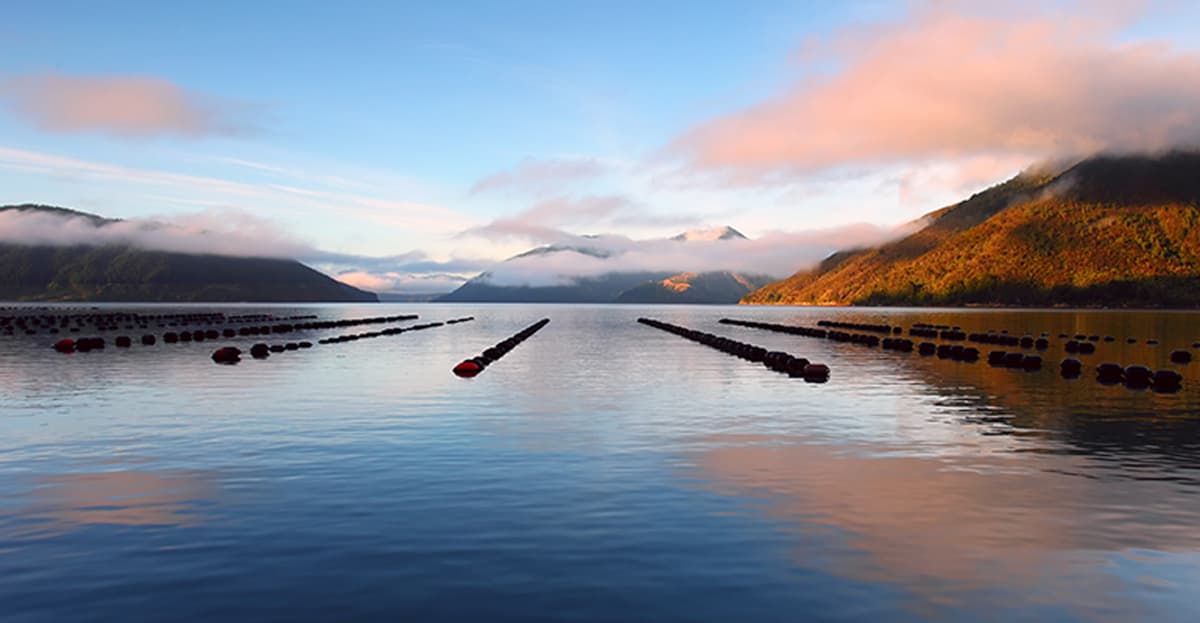
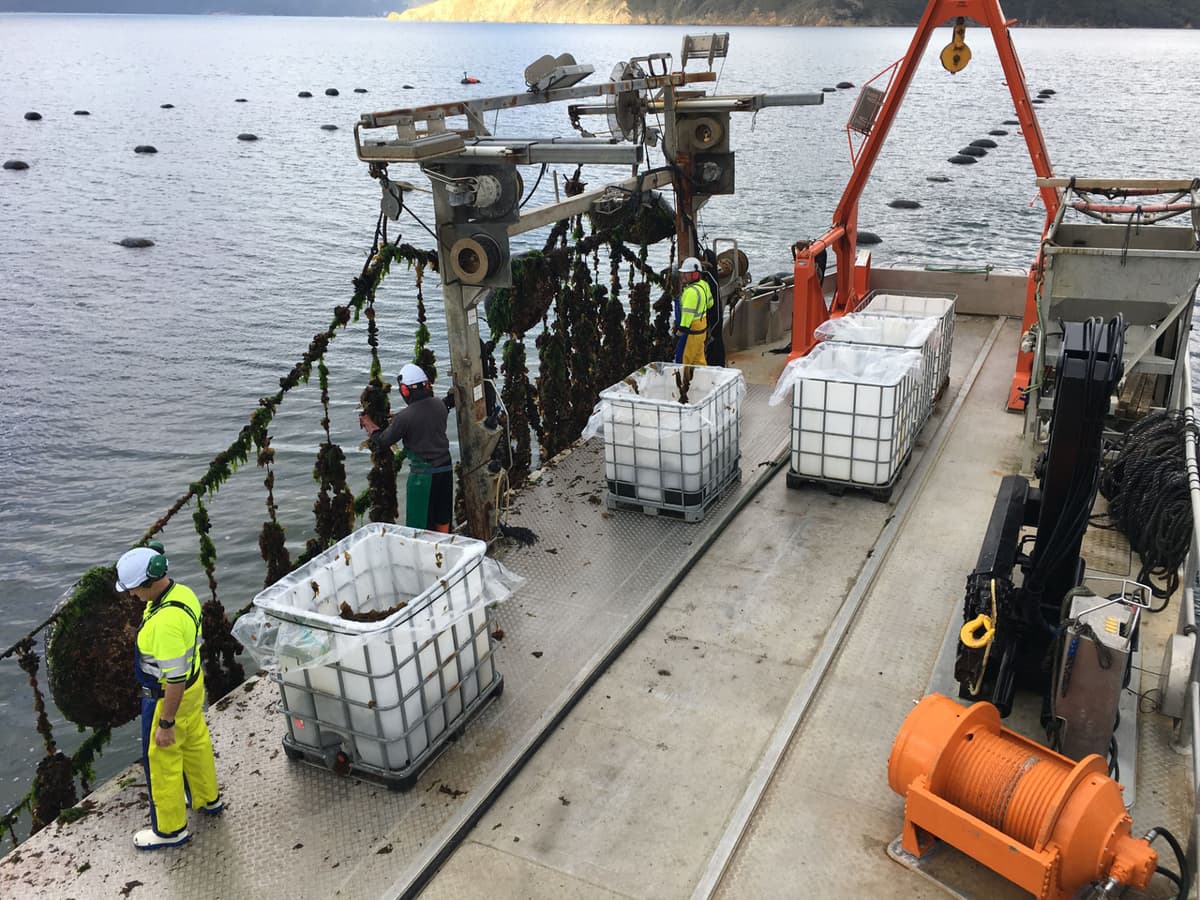
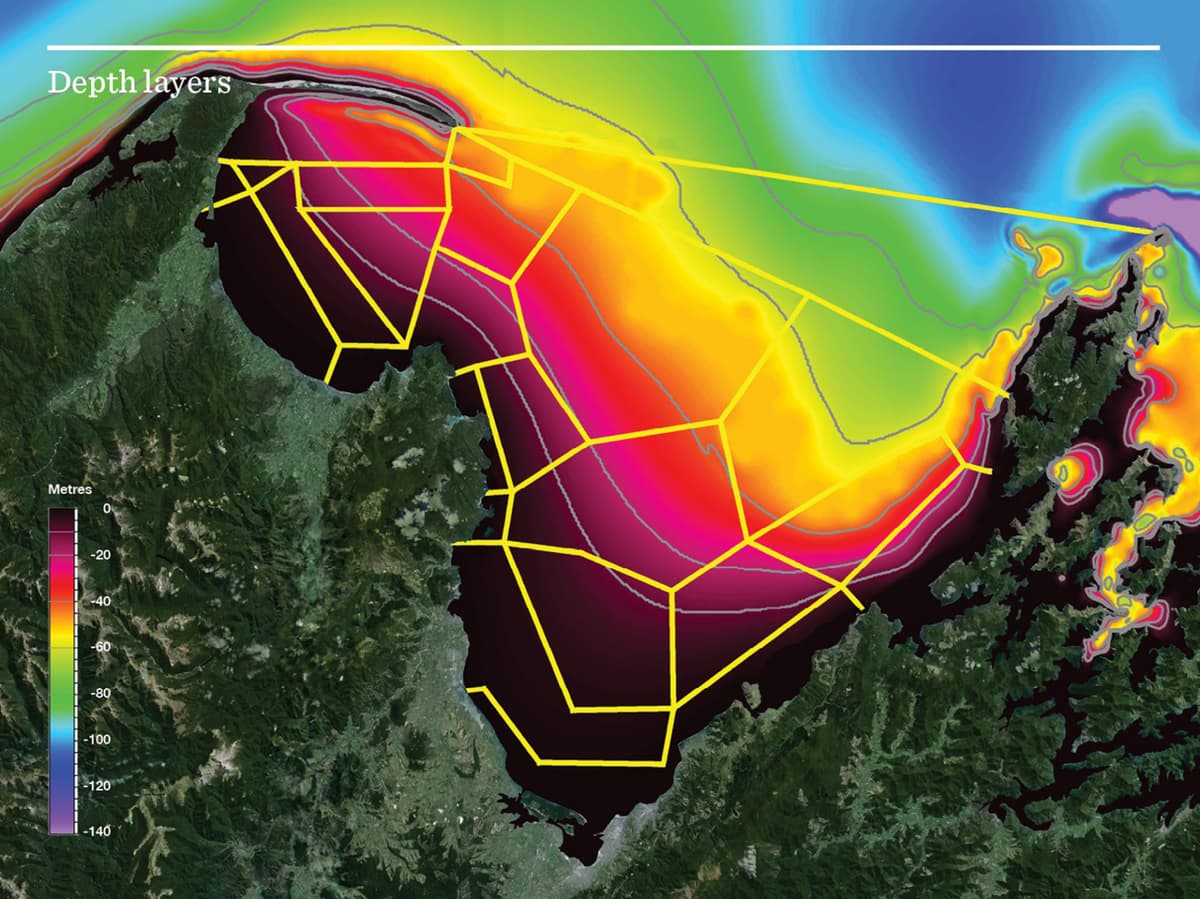
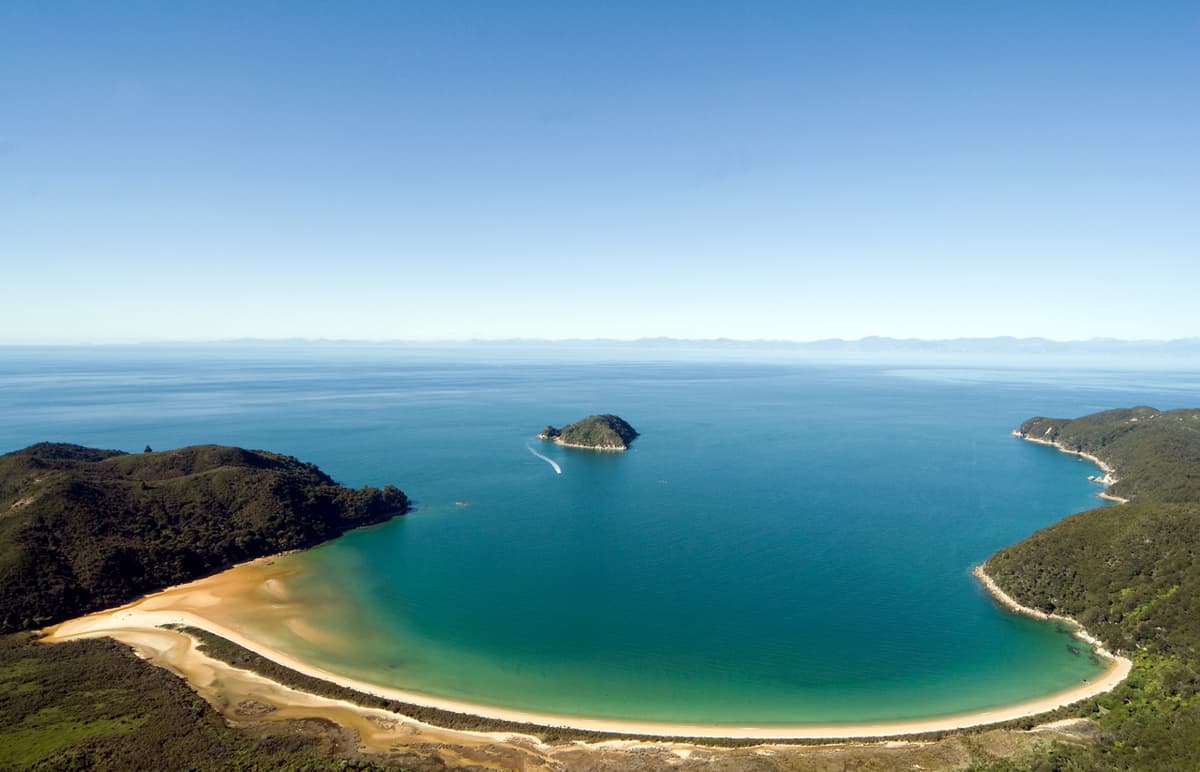

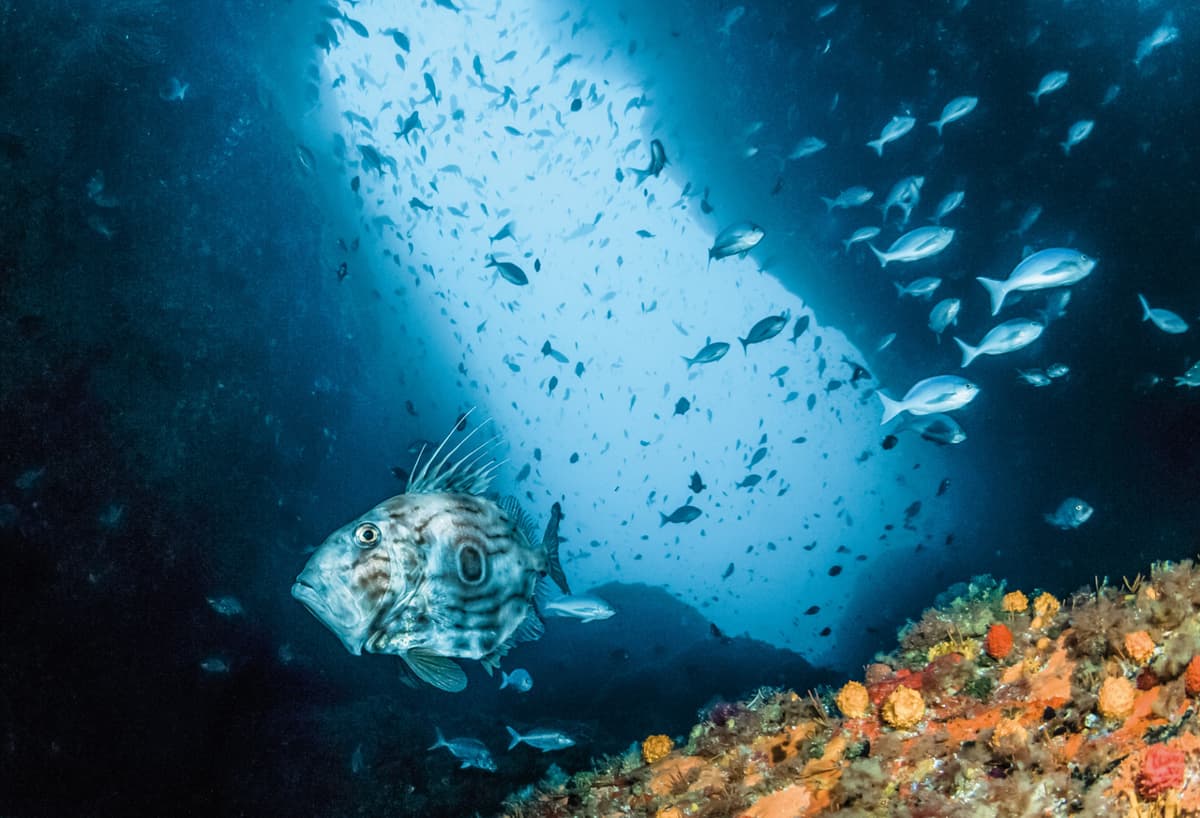
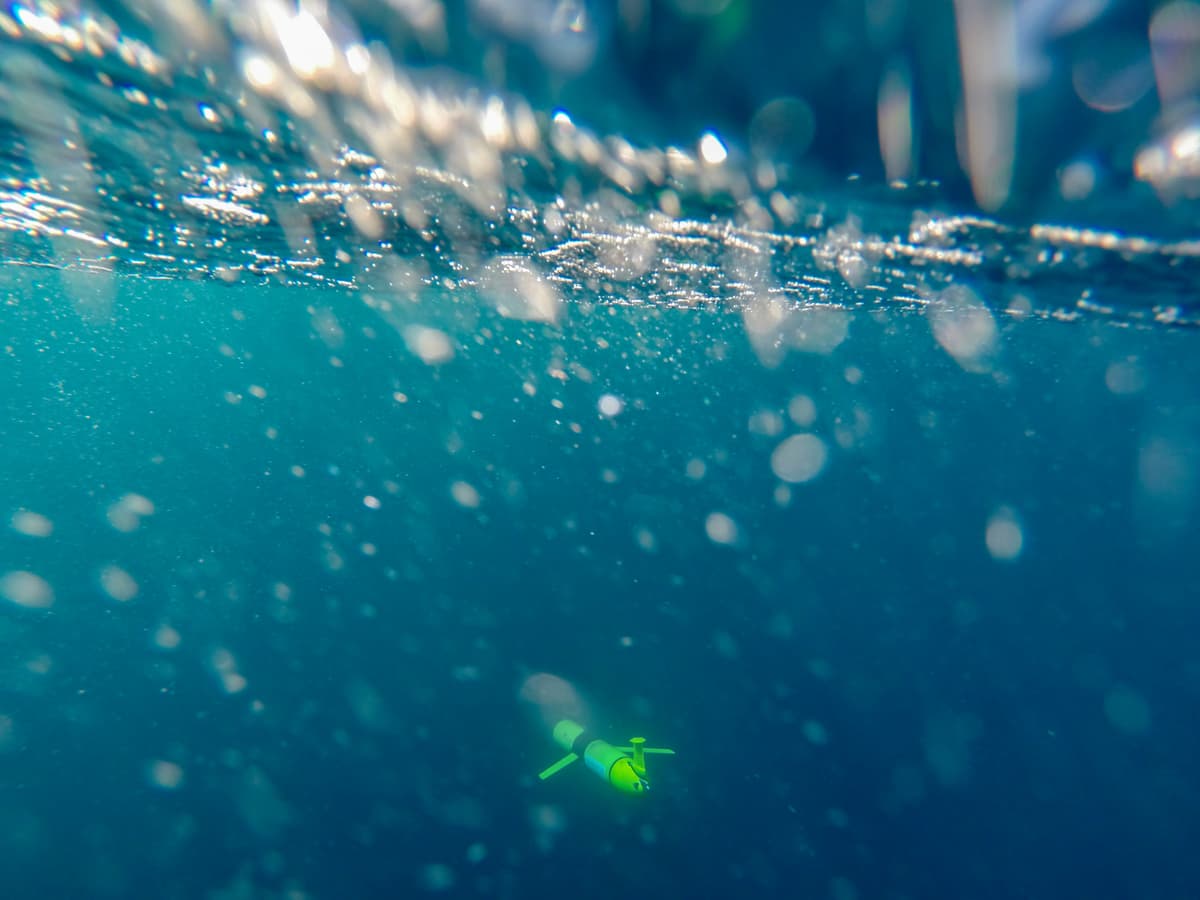
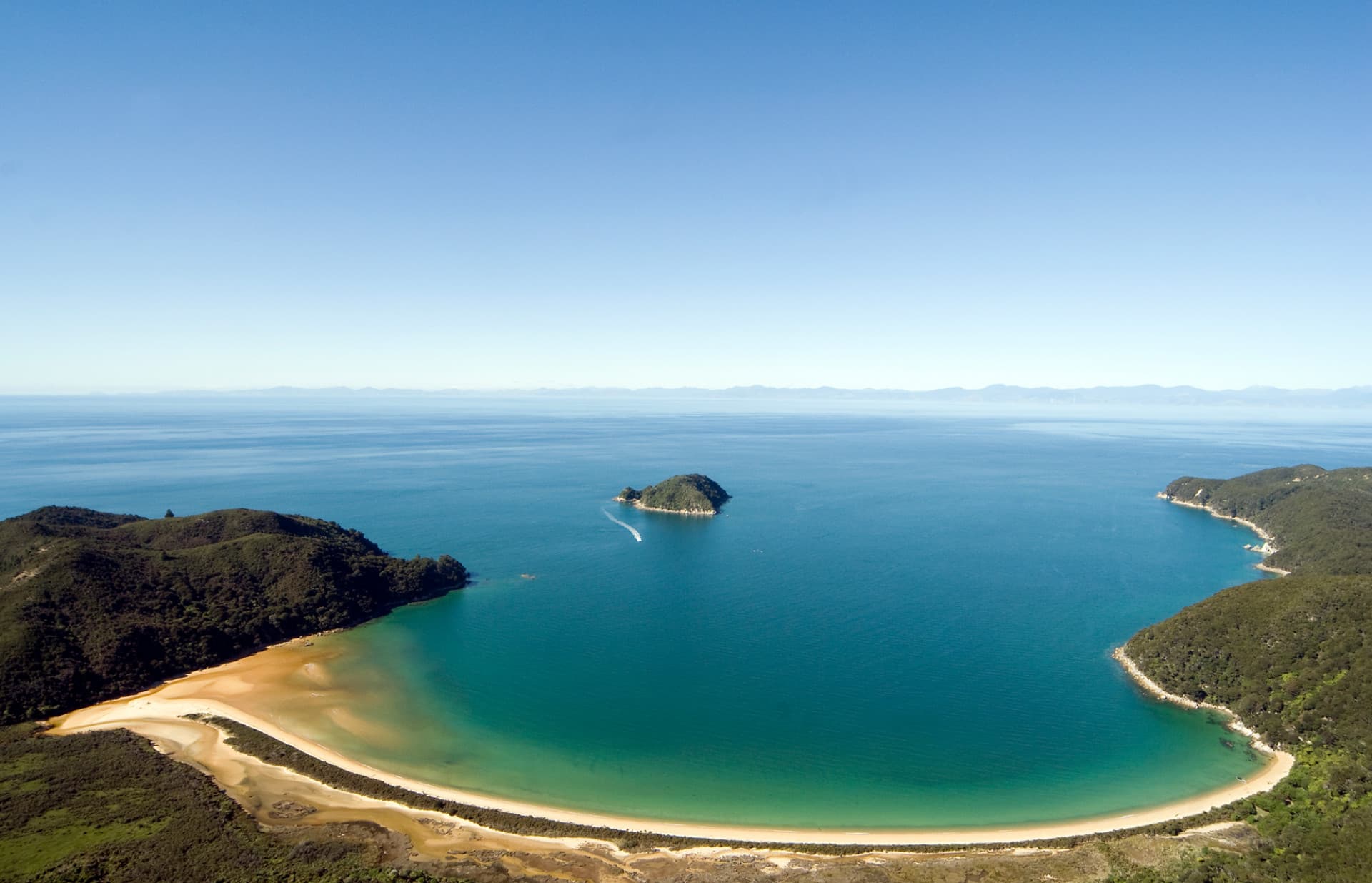
We are investigating how historical and contemporary changes to sedimentation and bottom contact fishing may influence fisheries in Tasman Bay.
| Project Leader | Duration | Budget |
|---|---|---|
| Sean Handley (NIWA) | July 2017 – September 2019 | $300,000 |
In the past, Tasman and Golden Bays used to support productive green-lipped mussel, oyster and scallop fisheries. However, these have been in severe decline for the last 10 years. Our research is investigating whether sedimentation and bottom contact fishing have contributed to the decline.
We are measuring sediment structure and accumulation in Tasman Bay. Our research is using a unique study area, called the Separation Point Power Fishing Exclusion Zone (SPEZ). This area has been protected from the use of synthetic nets and shellfish dredges for more than 30 years.
In this project, we have measured how much sediment has accumulated in Tasman Bay and where it has come from. We have sampled sediment cores across three depths inside and outside the SPEZ and calculated the rates of surface sediment accumulation using bomb-radioisotope signatures. We are now using a sediment ‘fingerprinting’ method developed by NIWA to determine the historic land-use the sediment came from. We are also estimating the rates of sediment accumulation before human disturbance by carbon-dating shells from the base of selected cores.
We are investigating the effects of bottom contact fishing on the sediment structure by comparing the environmental responses to undisturbed sediment (inside the SPEZ) and sediment disturbed by fishing (outside the SPEZ). To do this, we will analyse mollusc shell remains in the cores.
This project has produced or contributed to:






